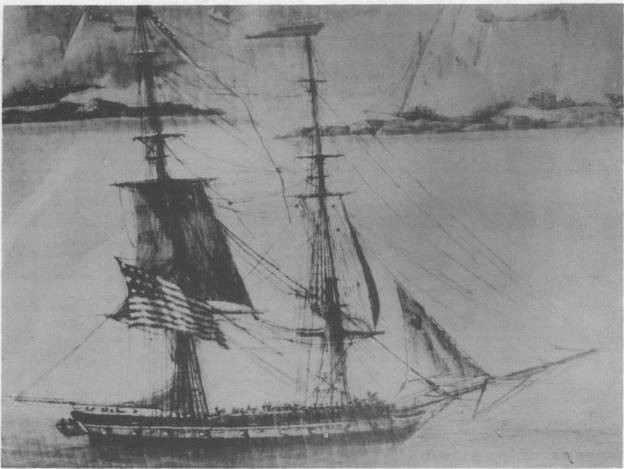Vixen I (Schooner)
1803-1812

A female fox.
I
(Schooner: tonnage 170; length 83'6"; breadth 23'7½"; depth of hold 9'6"; complement 111; armament 12 18-pounder carronades)
The first Vixen, one of four vessels authorized by Congress on 23 February 1803, was designed by Benjamin Hutton and built at Baltimore, Md., by William Price; launched on 25 June 1803, and in commission by 3 August 1803, Lt. John Smith in command.
Designed especially for operations in the shoal waters off the coast of Tripoli, Vixen sailed from Baltimore on 3 August 1803 for service with Commodore Edward Preble’s squadron. She deployed with the squadron off Gibraltar on 14 September. Commodore Preble dispatched Vixen and the frigate Philadelphia to Tripoli in October 1803 to establish the blockade there. Vixen soon departed in search of two Tripolitan warships, however, and thus was not present when Philadelphia grounded and was captured on the 31st. Instead, she carried the dispatches announcing the loss of the frigate and the imprisonment of Capt. William Bainbridge, his officers and crew, back to Gibraltar in December.
Retribution for this latest, and by far most brazen outrage in a long series of depredations by the Tripolitans came swiftly and dramatically. Lt. Stephen Decatur, Jr., boarded and destroyed Philadelphia where she lay in Tripoli harbor on 16 February 1804, and Commodore Preble later followed this up with five heavy bombardments of the pirate state on 3, 7, 24, and 29 August, and on 3 September.
Vixen participated in all these actions, and performed valuable tactical service by helping to coordinate the movements of the various U.S. vessels. She was re-rigged as a brig in September 1804, ostensibly to improve her sailing qualities, and was with the squadron, now under Commodore John Rodgers, in actions before Tunis in August 1805. The warship, under Master Commandant George Cox, returned to the U.S. one year later in August 1806.
Placed in ordinary at the Washington [D.C.] Navy Yard immediately upon her return from the Mediterranean, Vixen left the yard one year later and subsequently operated along the Atlantic coast under Lieutenants James Lawrence and Charles Ludlow. She continued this duty until the outbreak of the War of 1812, at which time she sailed along the southern coast under Master Commandant Christopher Gadsden, Jr., and, after his death on 28 August 1812, under Lt. George Washington Read.
During her last war cruise among the West Indies, Vixen was chased and captured by the 32-gun British frigate HMS Southhampton on 22 November 1812. Both vessels were soon afterwards wrecked on Concepcion Island in the Bahamas, but the officers and crews all survived. Lt. Read, however, died of yellow fever in Jamaica before he could be exchanged.
Updated, Robert J. Cressman
24 March 2023


